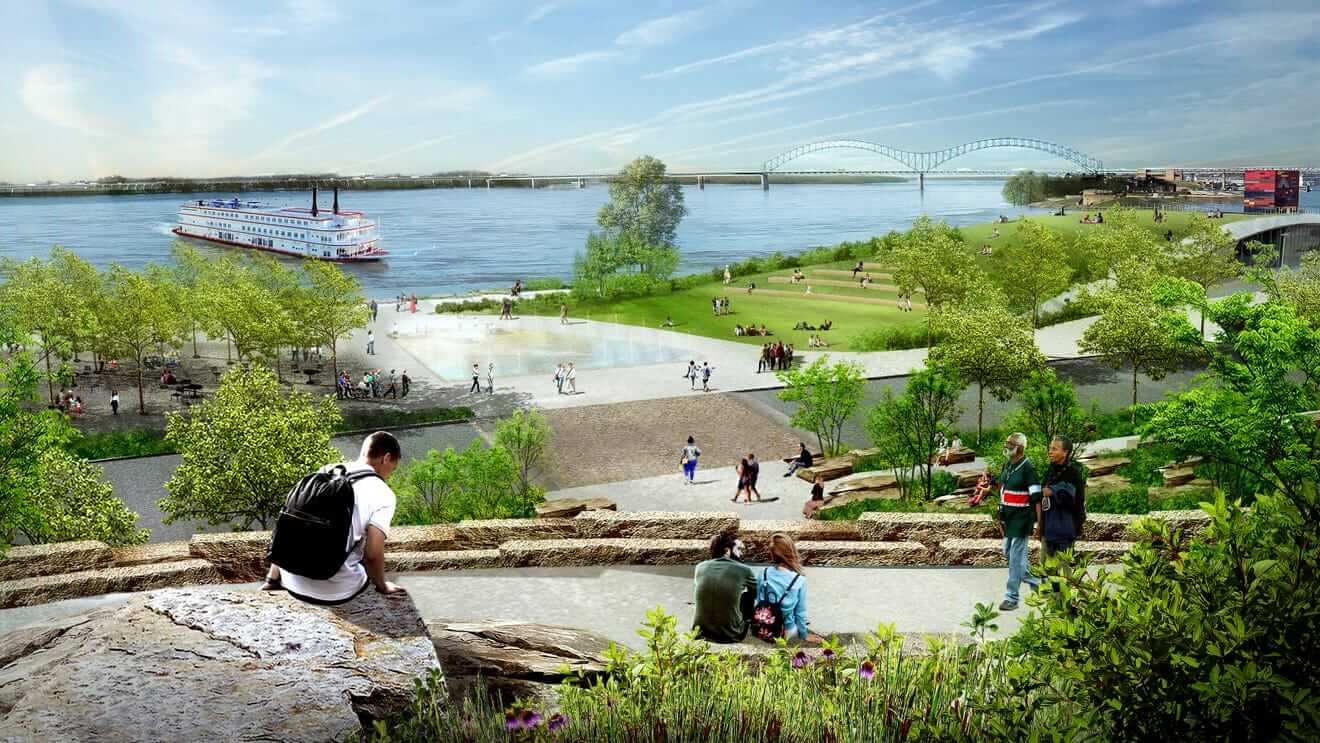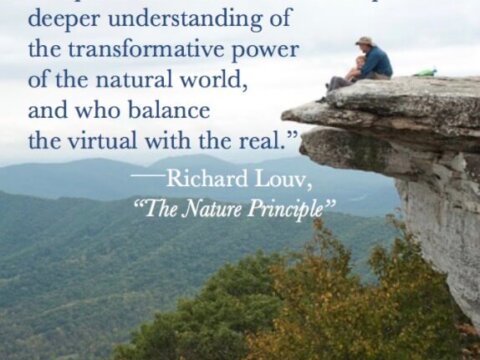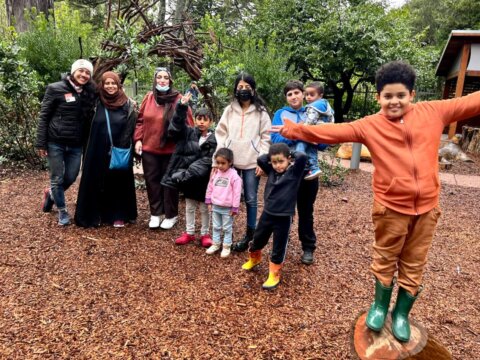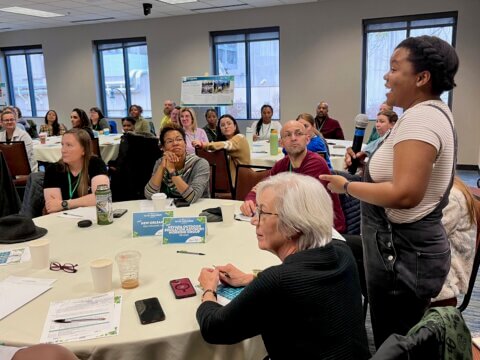New Tom Lee Park Will Be a Nature Game Changer for Memphis Neighborhood
Tom Lee Park in Memphis is named after an African-American river worker who, in 1925, rescued 32 passengers from a capsized steamer in the Mississippi River.
But now, the park is poised to become more than a place named after a Black hero. It will become a place of refuge for nearby children who look like Lee — and who, for the most part, only get to see nature trails and green spaces if they’re on a school field trip.
After working out a deal to ensure that the park’s main event — the annual Memphis in May Festival — wouldn’t be pushed off the riverfront, the Memphis River Parks Partnership is proceeding with a plan to transform the 30-acre park so that it offers more than an expanse of lawn, a smattering of trees, and asphalt parking and play lots.
The reimagined park, which is expected to cost around $60 million, in downtown Memphis will feature areas for picnics, concerts, groves and other places for people and children to gather – including a gargantuan misting fountain.
But at the southernmost end, nature will be the main attraction.
That’s where people will be able to traverse a raised canopy walk over a wooded area at the edge of the Mississippi, to look at the water and spy on the redbirds, falcons and other wildlife that inhabit it. There will also be immersive natural experiences: a driftwood lab, a pollinator classroom and a log scramble up the river bluff and overlook.
“This part of the park you can’t even get to right now,” said Carol Coletta, president and CEO of the River Parks Partnership. “It’s where the dike failed [in 2011] and it’s all grown over now. At times, on the canopy walk, you’ll be out over the water when the water is high, but when it’s not, you’ll be standing over this beautiful meadow.”

Carol Coletta shares plans for Tom Lee ParkPhoto: Tonyaa J. Weathersbee
For many of the youths in the neighborhoods that surround downtown, a meadow is something they rarely see.
Memphis is the nation’s second poorest large city, and its poorest zip code — 38126 — sits next to Tom Lee Park. Sixty-one percent of the people who live in that mostly-Black zip code are poor, and the median age is 24. In the other surrounding zip codes, 33 percent of the people who live there are poor.
In those neighborhoods, community centers and parks exist, but they tend to be places structured around sports and planned activities and not nature. Like most communities inhabited by people of color, green spaces are rare – and nature parks are rarer.
A recent report, “The Nature Gap”, by the Center for American Progress bears that out.
The report, which analyzed 2017 census tract data, examined ethnic, racial, economic and other disparities in access to natural areas in the U.S. Among other things, it found that 68 percent of Black people live in areas defined as nature deprived; i.e. places where a higher level of natural area has been lost due to paving, development and other human activity. Some 67 percent of Latinos and Asians live in nature-deprived areas, while 48 percent of Native Americans live in such areas.”
By contrast, only 23 percent of white people live in nature-deprived areas.
Then there’s this: Seventy-six percent of people who live in non-white, low-income communities are in nature-deprived areas, while 52 percent of high-income, and 48 percent of moderate income people live in such areas.
This predicament exists, according to the report, largely because of a history of racism and marginalization. Roads, pipelines and development projects have disproportionately impacted communities of color. Also, since parks and beaches were once segregated, some Black people have struggled to overcome the notion that nature is only something for white people.
And there’s also another problem: Black people who try to enjoy nature are sometimes met with hostility and intimidation from white people. One recent example is that of Christian Cooper, a Black birder in Central Park who asked a white woman, Amy Cooper, to put her dog on a leash, only to have her call the police and falsely accuse him of threatening her life.
But the natural area planned for Tom Lee Park will, at the most, help Black children who live nearby grasp the idea that nature belongs to them, too.
That’s important to their health and their lives — especially since a number of studies have shown that access to nature and green spaces in poor neighborhoods can bolster children’s mental health.
“We happen to sit on the westernmost edge of the city, our riverfront, and to someone doing a quick assessment, they might say, ‘Oh, you’re close to downtown,’ and that might be a strong glamour point,” Coletta said.
“But what’s important is that just beyond that downtown is a crescent of persistently poor neighborhoods.”
The idea of including nature in the park redesign seems to be a hit with many who come from nearby neighborhoods to walk, bicycle or ride scooters on its edge.
“I think it’s important for the kids to get out, and to get to their roots, because right now, our neighborhoods are concrete jungles,” said K.J. Jenkins, who was wheeling his daughter around in her stroller at dusk recently.
Monique Walker said her 4-year-old daughter, Kyla, will especially gravitate to the nature portion of the park.
“My children, they love nature,” Walker said.“This one here [Kyla], we got her a bike, but she didn’t want to get on the bike because she likes playing with sticks and grass and playing with bugs.
“She likes to connect with nature, period.”
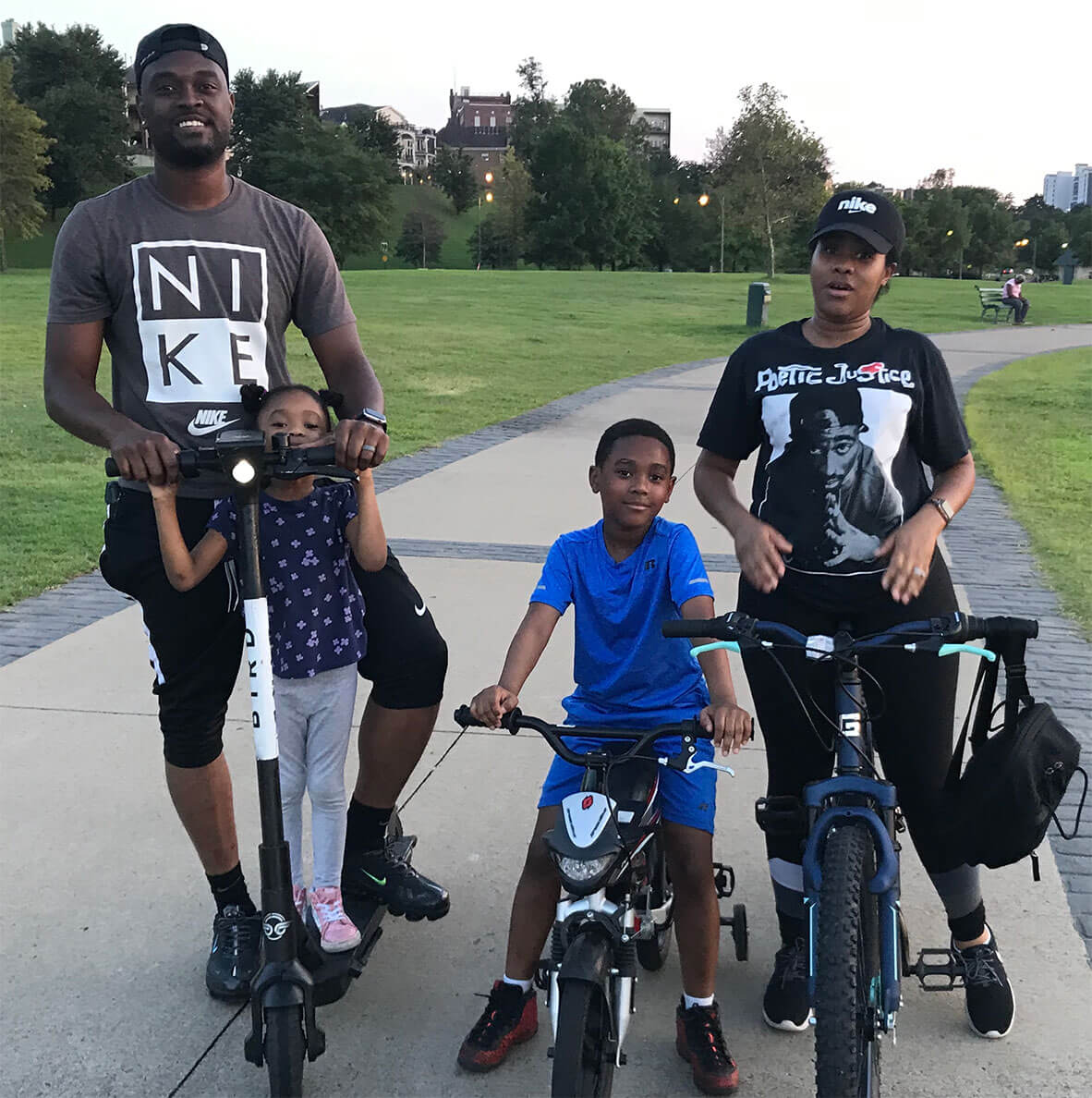
Walker family, Memphis.Photo: Tonyaa J. Weathersbee
Stephen Allmond, a coach who was putting his basketball team through conditioning practice, said he liked the idea of the park’s natural area.
“I think it will be good for them, especially where some of the kids may be environmental wise,” Allmond said. “A lot of them may go to the park, the concrete jungle version, where the swings are broken up. But when they come down here, it will be a different type of mentality, because you see different things.”

Conditioning practice for coach Stephen Allmond’s basketball teamPhoto: Tonyaa J. Weathersbee
Coletta said she believes the park redesign, and the introduction of a natural area near a poor neighborhood, will also help to change misconceptions about people of color and what they value.
“There are so many stereotypes based in racism, but when people see families together, and they see dads involved with their kids, you see those little kids and they are so beautiful,” she said. “You realize Memphis can be so strong if we can make a decision to leave no one behind. I believe this park will be the place where people can joyfully enjoy space together.”
Advancing Equity in Children’s Connection to Nature
As part of the Cities Connecting Children to Nature initiative, city leaders across the country use equity as a guiding principle when determining nature connection strategies for children, families and communities.
A few examples include:
- San Francisco, CA and Austin, TX have identified “equity zones” that lack adequate access to nature. These equity zones guide decisions on green space and park resource allocation.
- Louisville, KY and Seattle, WA gather and use data on race, gender and income to make recruitment and staffing decisions for nature-based programming.
- Grand Rapids, MI launched a green schoolyards program to create five new green spaces on school grounds in the city’s poorest and most nature-deprived neighborhoods.
- Houston, TX advanced the 50/50 Park Partners Challenge as a public-private park investment initiative. Houston park agencies will funnel private dollars into neighborhoods lacking parks across the city.
- St. Paul, MN employed community liaisons to document culturally relevant nature connection views among two immigrant communities. City leaders have integrated community responses into neighborhood park design and nature programs.
For more information on how cities can advance equity in children’s connection to nature, download the Cities Connecting Children to Nature Equity Resource.
-
Network News
Earth Day: Young leaders advocate for change
-
Feature
Nature photographer Dudley Edmondson has a vision for the representation of Black and Brown faces in the outdoors
-
Richard Louv
EARTH MONTH: You're part of the New Nature Movement if....
-
Voices
Placemaking: How to build kinship and inclusive park spaces for children with disabilities
-
Network News
Children & Nature Network founders release report on global factors influencing the children and nature movement


